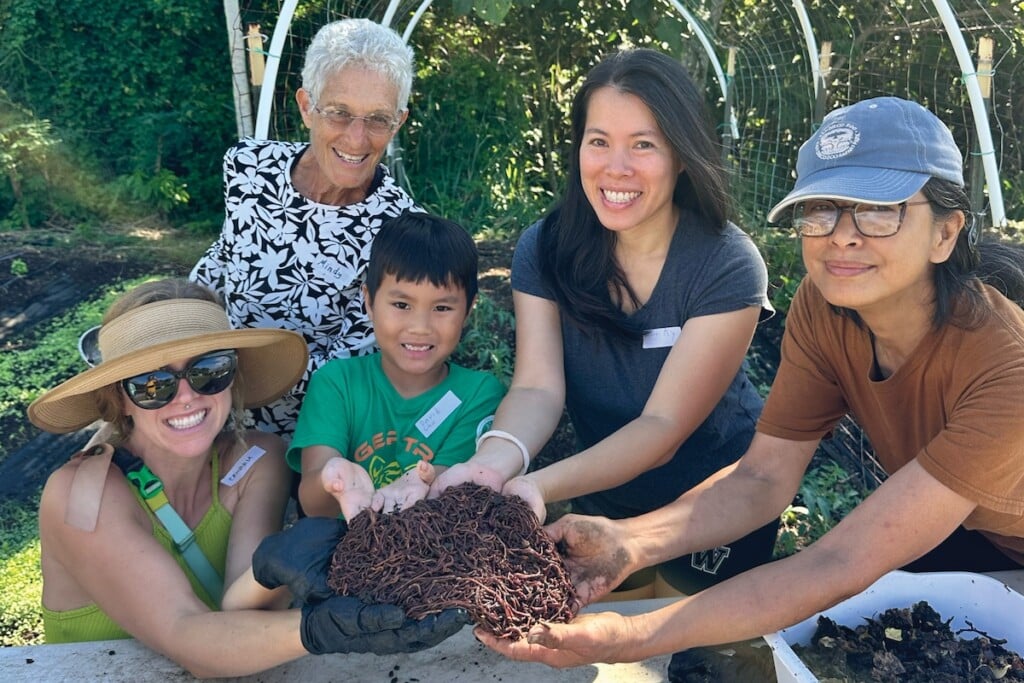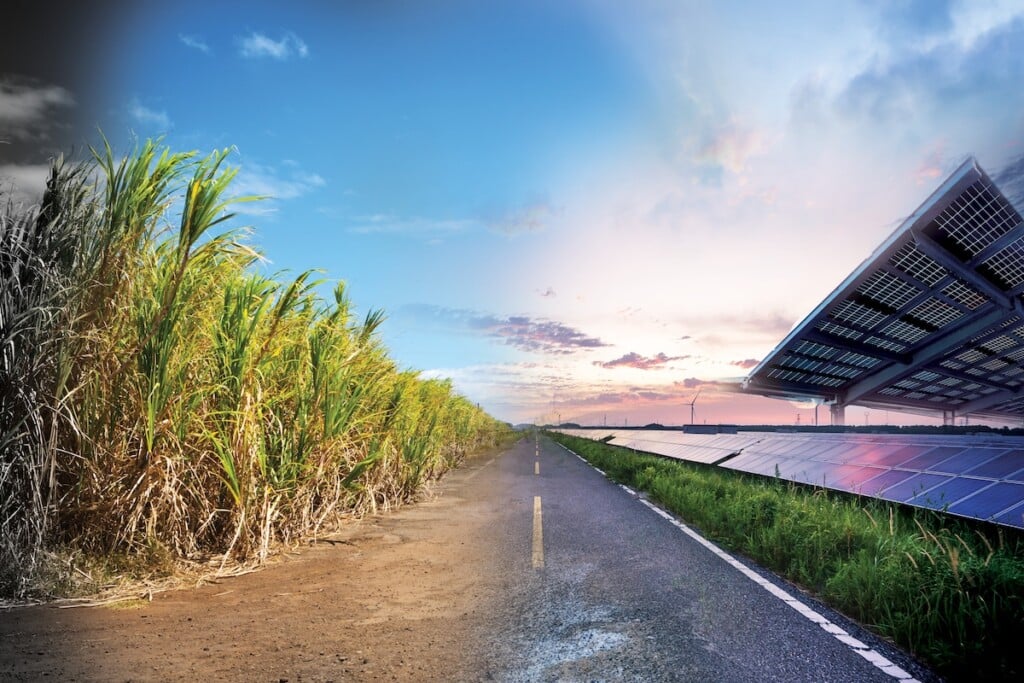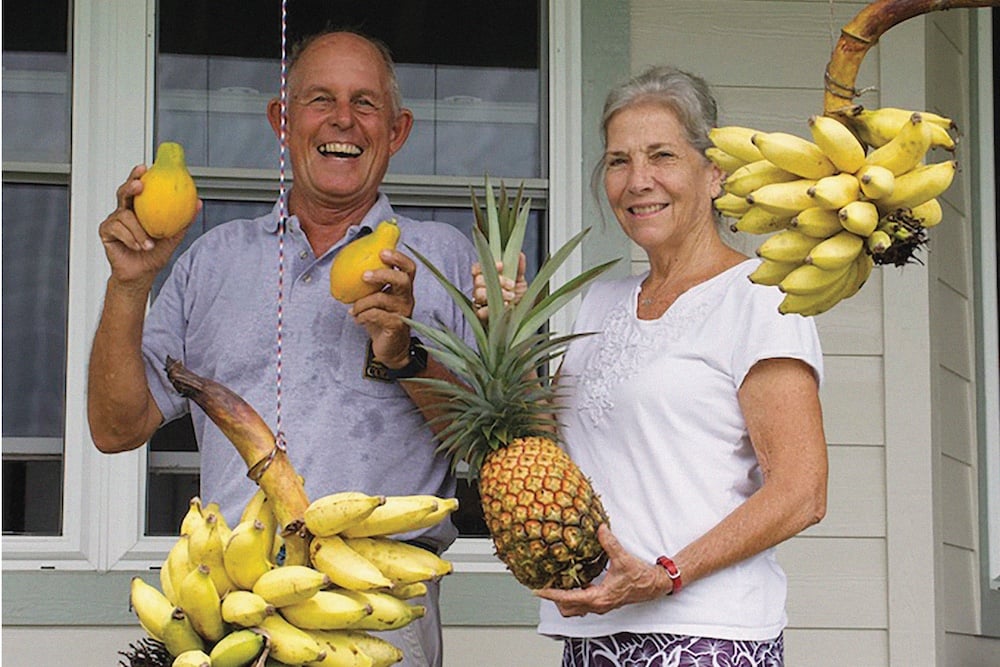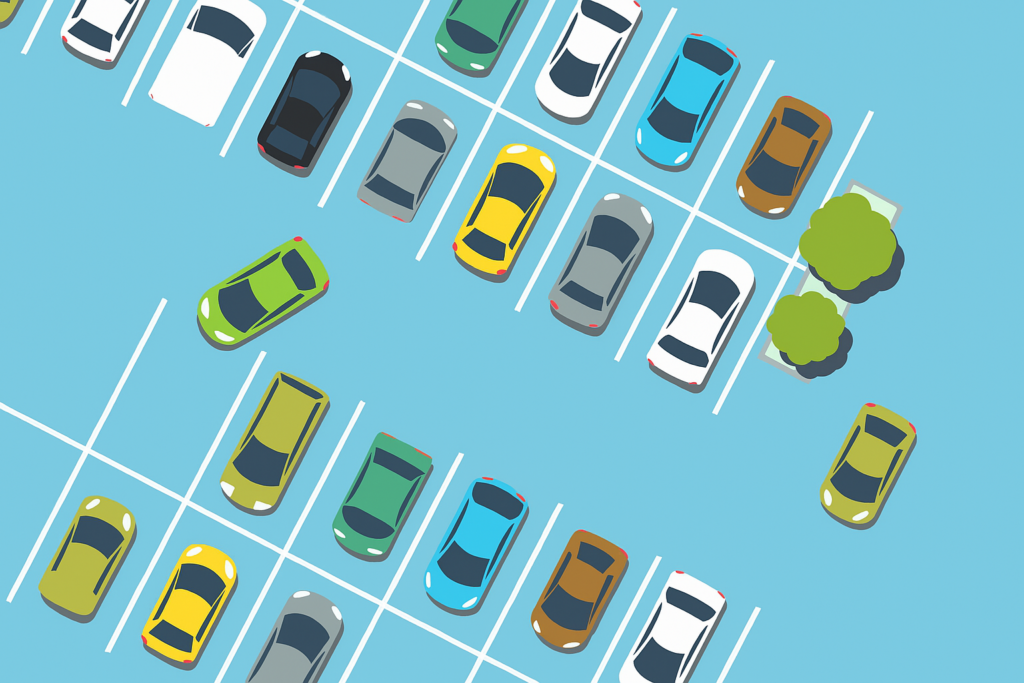Worming Toward a Greener Future
The food scraps and leftovers you normally throw away can be turned into new soil or fertilizer and soil conditioner.

In Hawai‘i, 20% of our trash is food waste, according to the Environmental Protection Agency. When dumped in landfills, food rots and produces methane, a greenhouse gas that adds to climate change.
But thanks to bacteria, fungi and other microorganisms, composting turns food waste like coffee grounds, eggshells, and fruit and vegetable peels into nutrient-rich soil.
“It makes really great soil,” says Topher Dean, president of Recycle Hawaii. “We need to amend topsoil, especially after a century of sugar and pesticides and herbicides and bulldozers and things like that.”
Recycle Hawaii is a nonprofit based on Hawai‘i Island that focuses on minimizing waste. It oversees Malama Aina Compostables, a student-led group that has diverted over 11,000 pounds of cafeteria waste from the landfill and sent 665 pounds of food to food banks.
WORMS SPEED THINGS UP
The composting time needed to turn food waste into soil varies immensely depending on the food and the process used. Worms can shorten that significantly by producing vermicast in two to three months.
UH Mānoa’s College of Tropical Agriculture and Human Resilience says vermicast – the waste produced by worms – is like fertilizer and soil conditioner, and has been shown to increase plant growth and suppress pests and diseases in greenhouses and field soils.
In Hawai‘i, red worms and Indian blue worms are most commonly used for vermicomposting. You can buy these composting worms on O‘ahu at Olomana Gardens in Waimānalo, Ewa Blue Worms in Makakilo and Oahu Worm Ohana in Mānoa.
Oahu Worm Ohana – supported by the College of Tropical Agriculture – offers monthly workshops in Mānoa and Pearl City. Starter kits provided at the workshops cost $95 but otherwise the workshops are free. Learn more at wormohana.org.

Mindy Jaffe teaches workshops, including supplies, on how to use composting worms at UH Mānoa’s Magoon Research and Instruction Station. At right, workshop participants learn firsthand how worms reduce food waste and create soil for growing plants. | Photos courtesy: Mindy Jaffe Magoon Wormery
Mindy Jaffe, nicknamed the “Waikīkī Worm Lady,” was one of the first people to introduce vermicomposting to Hawai‘i. She says that after learning about the process, she was unable to secure worms due to shipping restrictions – so she raised them herself at Petersons’ Upland Farm in Wahiawā.
Jaffe raised worms for 11 years at Petersons’ and sold them from her Waikīkī apartment and from her Waikiki Worm store. While she closed that business after more than 20 years, she continues to teach people how to use composting worms at UH Mānoa’s Magoon Research and Instruction Station at 2717 Woodlawn Drive in Mānoa.
She says she collects leftovers and food waste from the nearby elementary school and community and feeds her worms around 500 pounds of food waste a week.
In 2021, the Oahu Worm Ohana was born; since then, it’s collected 39,892 pounds of food waste and shared worms with 27 households on the island. Worm Ohana tracks food waste and vermicompost production and shares the data with the College of Tropical Agriculture.
“My unifying principle is always ‘waste is a resource,’” Jaffe says. “And if you see it as a resource, it’s an opportunity, and oh my God, there’s so much waste. And I just see the opportunities here are absolutely endless.”
Jaffe says composting is easier and less smelly than most people expect. She hosts the monthly workshops: One is on the second Saturday of the month at the Urban Garden Center in Pearl City; the other is on the fourth Saturday at the Magoon research facility. At the workshops she teaches people how to compost and sells them predrilled 18-gallon bins, elevation bricks, cardboard, food collection boxes and worms, all for $95.
YOUR CHOICE: HOT OR COLD COMPOSTING
There are two ways of composting: hot and cold. If you are doing home gardening, cold composting is ideal.
It’s slower but takes less work and fewer materials. In a bin, add a layer of coconut fiber, pine shavings, or household celluloses like egg cartons or small pieces of soaked cardboard. Add the worms on top, put the food waste above the worms and top the bin with shredded paper. Newspaper, paper towels and shredded cardboard can be added but wax paper and glossy paper, like the kind that Hawaii Business Magazine is printed on, are not compostable.
Hot compost piles – which require regular turning – should be constructed all at once, in a 4-to-5-foot area. As the pile decomposes and shrinks, a 3-cubic-foot area underground is necessary to retain heat. These piles should reach temperatures between 110 and 160 degrees Fahrenheit, which helps kill most weed seeds and plant diseases. Farms and small businesses tend to use hot composting.
Passive composting is a style of cold composting that requires the piling of organic products, too, but without turning the pile. This method, which takes significantly longer, is prone to weeds and can attract pests.
Avoid adding citrus and pineapple waste to your compost bins – the excessive acidity can kill microorganisms and worms. Meat, fish, greasy foods, dairy products, papaya seeds, twigs, branches and animal feces are not recommended either.
A pilot program called the O‘ahu Compost Project collected food waste from eight businesses in Honolulu’s Chinatown from January 2023 to January 2024, which led to the creation of 39,537 pounds of compost. There’s no word yet on whether the program will be renewed.
Compost bins, which help maintain the right moisture and aeration, can cost $10 to $400. They can be purchased online or from hardware stores. Worm Ohana explains how you can make your own at wormohana.org.
Kaua‘i County offers free compost bins at three locations: the Kaua‘i Resource Center, the Hanalei Initiative Creative Center and at ‘Āina Ho‘okupu o Kīlauea. The bins are available by appointment; email solidwaste@kauai.gov, hanaleiinitiative@gmail.com or info@ainahookupuokilauea.org for information.
If composting takes too much of your space or time, you can give food scraps to Full Circle Farm in Waimānalo, Leftover Love Co. at farmers markets or Compost Kauai in Līhu‘e or Kīlauea.
The folks at Full Circle Farm, formerly called Green Rows Farm, use collected food scraps to create compost and to feed their chickens. Farm Manager Sean Anderson says they collect around 600 to 800 pounds of food waste daily from businesses, food banks and individuals around the island.
For $25 a month, Leftover Love gives you a 5-gallon bucket to fill with food leftovers. When you drop off a full bucket, you receive a gallon of compost in return. Since the group uses commercial grade composters, it accepts meat, fish, seafood and dairy – items not recommended for home composters.
In April, Leftover Love collected 2,004 pounds of food waste that would have otherwise ended in the landfill, Anderson says.
On Kaua‘i, Compost Kauai collects buckets of food waste directly from homes for $26 to $32 a month, depending on the pickup location. For the same price, you can drop your waste off at Compost Kauai locations in Līhu‘e, Kapa‘a and Kīlauea. The nonprofit sells 5-gallon bags of compost back to consumers for $21.
Learn about composting on Maui at westmauigreencycle.com. Recycle Hawaii on Hawai‘i Island provides a composting fact sheet at tinyurl.com/ucompost.
Jaffe says she wants as many people as possible to compost their leftover food.
“I’m worming my way to their consciousness,” she jokes. “I work real hard every day, [as do] all my former staff members who also are doing this now. It’s miraculous, and it’s wonderful, and I just want it to keep happening. So, yeah, spread the worm.”






